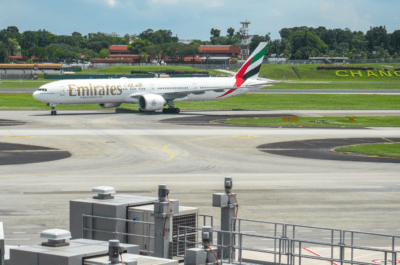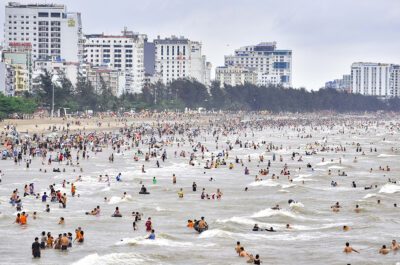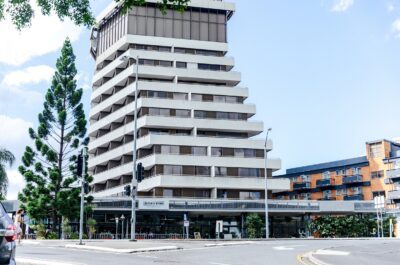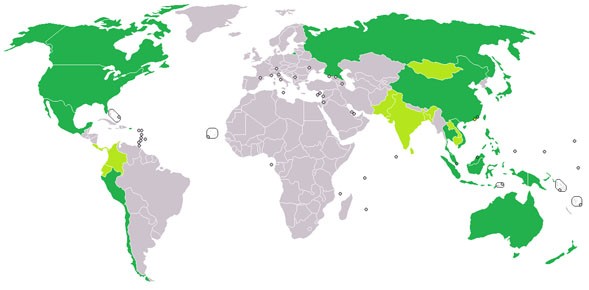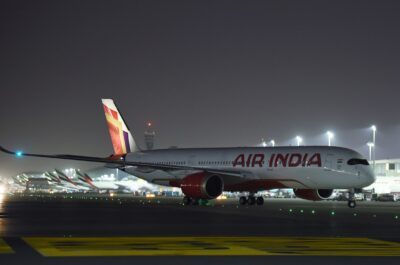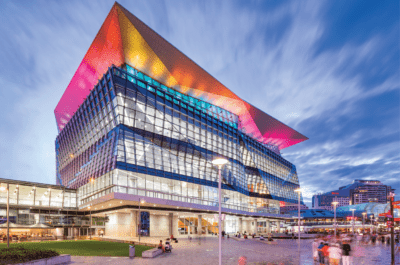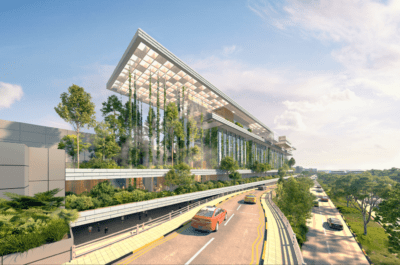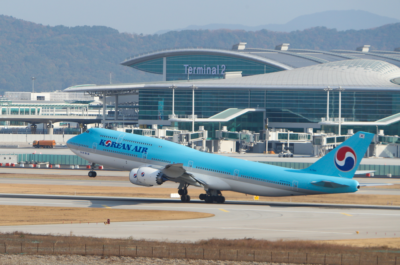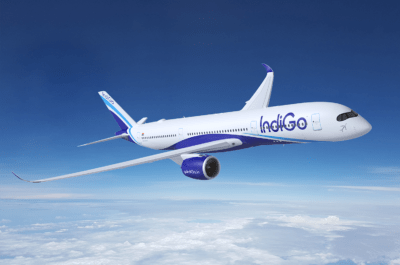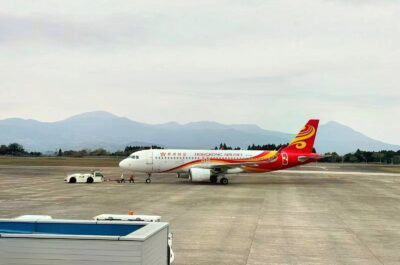A comprehensive study reviewing the current state of connectivity in the APEC region and its key challenges was presented to Senior Officials by the APEC Policy Support Unit.
BALI – The APEC study analyzed institutional, physical and people-to-people connectivity in the region as well as mapped other regional initiatives and identified the gaps and opportunities for APEC moving forward.
“It is crucial to view the three concepts of connectivity within a holistic framework because they are interrelated,” said Dr Denis Hew, Director of the APEC Policy Support Unit.
“Improved institutional connectivity, such as better customs cooperation, will strengthen transport linkages,” added Dr Hew. “Improvement in physical connectivity, for example, better air transport infrastructure, will in turn, also facilitate the movement of business people and tourists and enhance people-to-people connectivity.”
Under institutional connectivity, progress has been made by APEC in trade facilitation and many behind-the-border issues. The study notes that trade costs within APEC are quite comparable with other regional groupings. For example, several APEC economies that border each other have attained similar level of trade costs with the EU-3 (France, Germany, and the UK), according to 2010 bilateral data from the Economic and Social Commission for Asia Pacific and the World Bank (ESCAP-WB) database.
“Issues such as behind-the-border barriers, trade facilitation, and non-tariff barriers are crucial areas where APEC can improve institutional connectivity. Efforts including customs modernization, the single window initiative, and structural reforms fall under this category. More recent agenda items cover transport and logistics facilitation,” explained Dr Akhmad Bayhaqi, Senior Analyst, APEC Policy Support Unit.
Some critical gaps remain. “For example, the single window system faces challenges such as high development cost, lack of political support and coordination among government agencies, and varied level of IT readiness,” added Dr Bayhaqi.
Under the area of physical connectivity, six APEC economies occupied the top six positions in 2012, according to the UNCTAD Liner Shipping Connectivity Index (LSC), an indicator which aims to capture how well an economy is connected to global shipping networks. Other APEC economies have also been making steadfast progress in connecting to these networks. Nevertheless, there is room for improvement on the competence and quality of APEC economies’ maritime transport services.
With respect to people-to-people connectivity, 91 percent of APEC Business Travel Card holders enjoyed a positive experience with the program, which currently consists of 120,000 travellers. APEC economies engaged in more than USD $2 trillion in cross-border service trade each year from 2007-2011 and intra-regional service trade has been growing by 7 percent per year, making labor mobility critical for the region.
“In particular, there is still substantial room for the tourism industry to expand, making air transport infrastructure a critical part of enhancing people-to-people connectivity in the tourism sector,” said Dr Bayhaqi.
The study also identified challenges and opportunities for APEC in the three main connectivity areas including structural reform, customs, multi-modal connectivity, and public private partnerships for infrastructure, and visa facilitation.
Theodore is the Co-Founder and Managing Editor of TravelDailyNews Media Network; his responsibilities include business development and planning for TravelDailyNews long-term opportunities.




